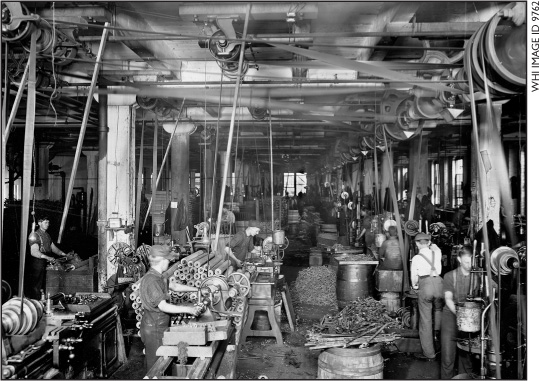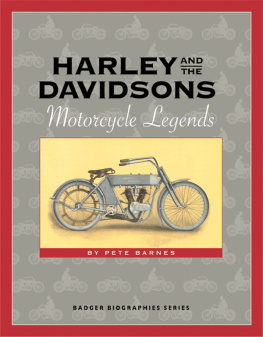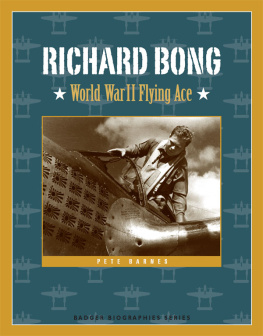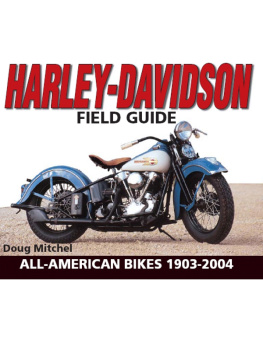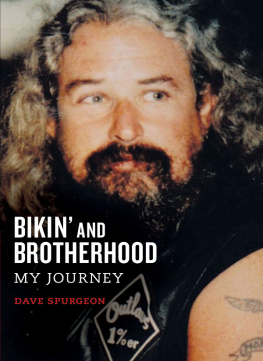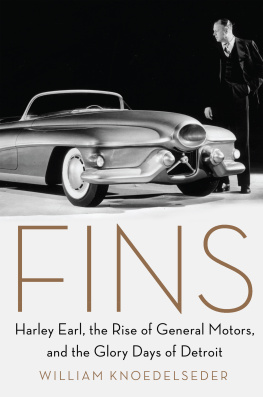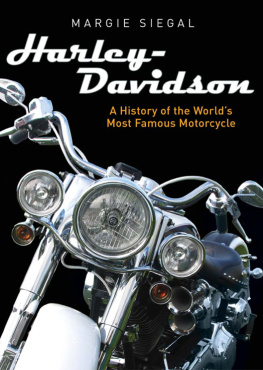
Other Badger Biographies
Belle and Bob La Follette: Partners in Politics
Blue Jenkins: Working for Workers
Caroline Quarlls and the Underground Railroad
Casper Jaggi: Master Swiss Cheese Maker
Cindy Bentley: Spirit of a Champion
Cordelia Harvey: Civil War Angel
Curly Lambeau: Building the Green Bay Packers
Dr. Kate: Angel on Snowshoes
Father Groppi: Marching for Civil Rights
Frank Lloyd Wright and His New American Architecture
Gaylord Nelson: Champion for Our Earth
Harley and the Davidsons: Motorcycle Legends
Joyce Westerman: Baseball Hero
Les Paul: Guitar Wizard
Lucius Fairchild: Civil War Hero
Mai Yas Long Journey
Mary Nohl: A Lifetime in Art
Mountain Wolf Woman: A Ho-Chunk Girlhood
Ole Evinrude and His Outboard Motor
A Recipe for Success: Lizzie Kander and Her Cookbook
Richard Bong: World War II: Flying Ace
Tents, Tigers, and the Ringling Brothers

Motorcycle Legends
PETE BARNES
WISCONSIN HISTORICAL SOCIETY PRESS
Published by the Wisconsin Historical Society Press
2007 by State Historical Society of Wisconsin
E-book edition 2014
For permission to reuse material from Harley and the Davidsons: Motorcycle Legends (ISBN 978-0-87020-380-0, e-book ISBN 978-0-87020-535-4), please access www.copyright.com or contact the Copyright Clearance Center, Inc. (CCC), 222 Rosewood Drive, Danvers, MA 01923, 978-750-8400. CCC is a not-for-profit organization that provides licenses and registration for a variety of users.
wisconsin history. org
Photographs identified with PH, WHi, or WHS are from the Societys collections; address requests to reproduce these photos to the Visual Materials Archivist at Wisconsin Historical Society, 816 State Street, Madison, WI 53706.
Use of the images on pages 7, 8 (top), 10, 11, 30, 31, 36, and 40 is courtesy of Herbert Wagner.
Designed by Jill Bremigan
13 12 11 10 09 2 3 4 5 6
The Library of Congress has cataloged the printed edition as follows:
Barnes, Pete.
Harley and the Davidsons : motorcycle legends / by Pete Barnes.
p. cm.
Includes bibliographical references and index.
ISBN-13: 9780-870203800 (pbk. : alk. paper)
1. Harley Davidson motorcycleHistoryJuvenile literature. 2. Harley-Davidson IncorporatedHistoryJuvenile literature. 3. Harley familyJuvenile literature. 4. Davidson familyJuvenile literature.
I. Title.
TL448.H3B36 2008
338.76292275092273dc22
2006026666
Front cover: Illustration courtesy of the Wisconsin Historical Society.

Contents

Two Friends Share a Dream

Bill Harley and his best friend Arthur Davidson loved to go fishing near their childhood homes in Milwaukee, Wisconsin. They rode their bicycles to and from the lakes, pedaling hard to get home before dark. One day, as they struggled up a hill on their way back from a favorite lake, the boys imagined building motors for their bicycles to make the climb easier.
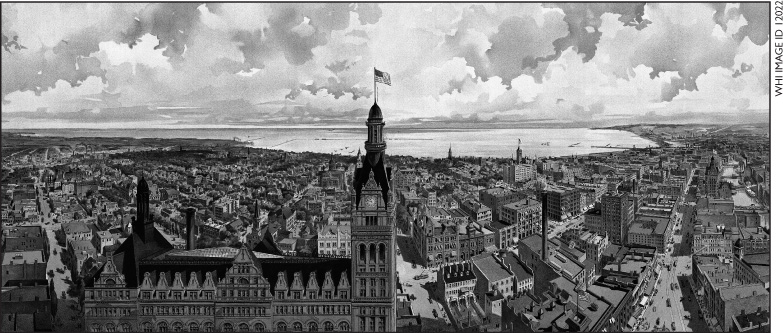
This is how Milwaukee looked when Bill Harley and Arthur Davidson invented their first motorized bike.
The year was 1891, and they were 10. Little did they know that in just 20 years they would become Americas number one motorcycle . Or that 100 years later boys and girls around the world would know about the power and speed of Harley-Davidson motorcycles. Arthur and Bill never imagined their idea would make them rich and famous. They just wanted a way to get home from their fishing trips more quickly.
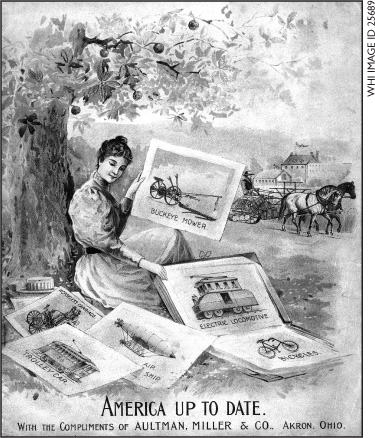
Exciting new machines were everywhere near the end of the nineteenth century.
Bill and Arthur didnt invent the motorcycle. They other peoples ideas and made them better. Like lots of people at the end of the 1800s, they were fascinated by machines and wanted to learn more about them. Both boys were smart and hardworking, but they preferred tinkering with tools in Arthurs basement to doing schoolwork.
The 2 friends were constantly together. Bill was a tall and quiet boy with serious eyes. Arthur was shorter and loved to talk and share ideas. They didnt listen when people told them they were wasting their time. Some of their friends thought they were crazy for spending so much time working in the dark basement instead of playing sports or chasing after girls. To Arthur and Bill, working with machines was just more fun. They kept striving for their dreams, never giving up even when the work was difficult.
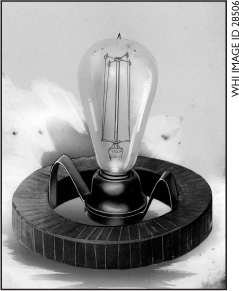
An early electric light bulb
Great ideas were changing the world as these boys dreamed. Alexander Graham Bells telephone had allowed people from different parts of the country to talk to each other. Karl Benzs automobile would soon make it possible to travel more than 100 miles in one day. The light bulb, the dishwasher, and the vacuum cleaner were other new inventions that were making life easier. Inventions such as these, as well as the factories that made them, were all part of the Industrial Revolution.
The Industrial Revolution
The Industrial Revolution began in England in the late 1700s and quickly spread to North America and other parts of the world. In the late 1800s, the United States experienced rapid change as factories were built and people moved from farm living to industrial jobs in cities. Machines now many products that had been made by hand. Railroads were built to transport goods across the country. New products made life easier for many Americans. However, the factories often had terrible working conditions and led to overcrowded cities and increased pollution.

Building new railroads was difficult and sometimes dangerous work.
Milwaukee played a big part in the Industrial Revolution as people moved from farms into cities and used technology to improve their lives. Milwaukee became famous for its , and meatpacking plants, which hired thousands of workers. Barges carried goods down Lake Michigan toward Chicago, and people heard railroad whistles all over the city.
